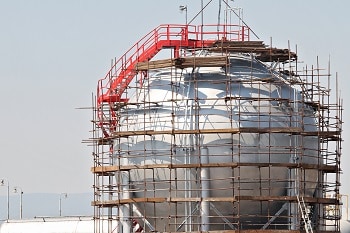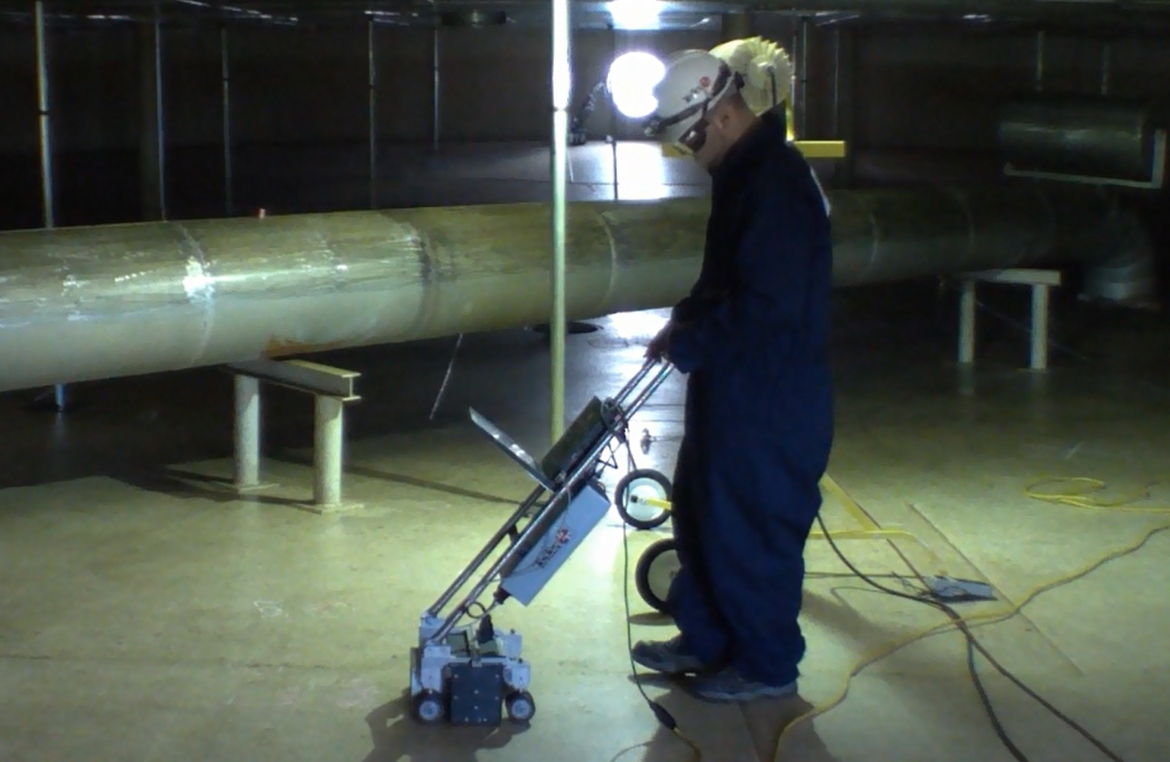A Comprehensive Overview of Tank Welding Examination Criteria and Methodologies for Improved Weld High Quality and Performance
The significance of welding inspection standards in the manufacturing of storage tanks can not be overstated, as they offer as the backbone for ensuring weld stability and operational reliability. Numerous examination strategies, including aesthetic assessments and progressed non-destructive screening approaches, are vital in determining potential defects that could jeopardize efficiency.
Relevance of Welding Evaluation Requirements

Welding examination standards encompass a variety of criteria, consisting of product specs, welding treatments, and qualifications of workers involved in the welding process. By implementing these criteria, companies can systematically determine and rectify prospective problems, thereby minimizing the likelihood of expensive repairs or tragic failings. Extensive examination techniques foster a society of liability and precision, urging welders to keep high levels of craftsmanship.

Typical Welding Evaluation Strategies


Ultrasonic Checking (UT) is an additional prevalent strategy, utilizing high-frequency sound waves to identify inner defects that might not show up on the surface. This approach is especially efficient for identifying spaces or inclusions within the weld steel. Magnetic Particle Evaluating (MT) is likewise extensively made use of, particularly for ferromagnetic products, as it discloses surface and near-surface issues via the application of electromagnetic fields and ferrous bits.
Additionally, Liquid Penetrant Screening (PT) identifies surface-breaking issues by applying a penetrant to the weld and afterwards using a programmer to draw out the penetrant. Each of these strategies contributes to a detailed inspection approach, guaranteeing that welds fulfill the rigorous top quality standards called for in storage tank building.
Governing Specifications and Conformity
Regulative criteria and conformity are necessary parts in making certain the safety and integrity of bonded structures in container construction - Tank Welding Inspection. These standards offer to establish minimum demands for material residential properties, welding procedures, and examination practices, consequently reducing the risk of structural failures and boosting total performance
Key organizations, such as the American Society of Mechanical Engineers (ASME) and the American his response Welding Culture (AWS), give guidelines that are widely taken on in the market. Compliance with these criteria not just makes certain adherence to best methods yet additionally fulfills lawful and contractual responsibilities, guarding the passions of stakeholders.
Governing bodies typically mandate adherence to certain codes, such as ASME Code Area IX for welding credentials and API 650 for welded storage tanks. These codes detail requirements for welding strategies, credentials of workers, and testing methods to validate weld stability.
Routine audits and examinations are critical to preserving compliance, as they assist identify variances from established requirements. Non-compliance can result in substantial fines, task hold-ups, and safety and security dangers. Therefore, a robust understanding of governing criteria and a dedication to conformity are critical in attaining top notch and sturdy welded container structures.
Non-Destructive Testing Methods
Exactly how can the honesty of welded structures be guaranteed without triggering damage? Non-destructive screening (NDT) techniques offer a robust option, allowing inspectors to examine weld high quality without jeopardizing the product - Tank Welding Inspection. Amongst the most common NDT strategies are ultrasonic testing (UT), radiographic testing (RT), magnetic bit testing (MT), and color penetrant screening (PT)
Radiographic screening entails passing X-rays or gamma rays with the weld, developing photos that expose structural problems such as fractures or spaces. This method is vital for evaluating the honesty of intricate welds.
Magnetic fragment testing is matched for ferromagnetic products, where electromagnetic fields disclose surface area and near-surface gaps. Color penetrant screening uses a liquid dye to highlight surface-breaking defects, making it an effective approach for non-porous products.
Each of these NDT approaches has unique benefits, enabling thorough evaluations customized to specific materials and welding processes. By implementing these methods, industries can guarantee the integrity and safety of welded structures, inevitably boosting overall efficiency.
Enhancing Weld Quality With Inspection
Effective inspection plays a vital function in enhancing weld top quality, functioning as a vital checkpoint in the fabrication procedure. By identifying potential defects early, assessments reduce the risk of jeopardized structural integrity and guarantee conformity with market standards. Employing a combination of visual exams, non-destructive screening (NDT) methods, and mechanical evaluations, assessors can spot problems Click Here such as porosity, splits, and incomplete blend.
Applying a robust assessment method not just boosts the overall top quality of welds but additionally promotes a society of liability among welders and producers. Normal training and certification of inspection personnel make sure that they are geared up with the necessary abilities to acknowledge and deal with prospective issues efficiently. This positive strategy decreases rework and associated expenses, inevitably adding to project effectiveness.
Additionally, comprehensive documents of inspection searchings for gives beneficial insights right into persisting concerns, facilitating continuous renovation in welding practices. By leveraging sophisticated modern technologies, such as automated ultrasonic testing or electronic radiography, weld top quality can be improved through a lot more accurate assessments. Finally, an extensive examination process is vital in achieving high-quality welds, making certain safety, integrity, and durability in container click to find out more manufacture.
Verdict
Finally, the execution of strenuous storage tank welding evaluation requirements and approaches is necessary for making sure weld stability and efficiency. By utilizing a mix of aesthetic examinations, non-destructive screening methods, and adherence to regulative criteria, companies can successfully identify and reduce potential defects. Cultivating a culture of accountability among welders better enhances the quality of welding processes. Eventually, these methods add to lowered architectural failures, lower repair service expenses, and boosted operational efficiency within the industry.